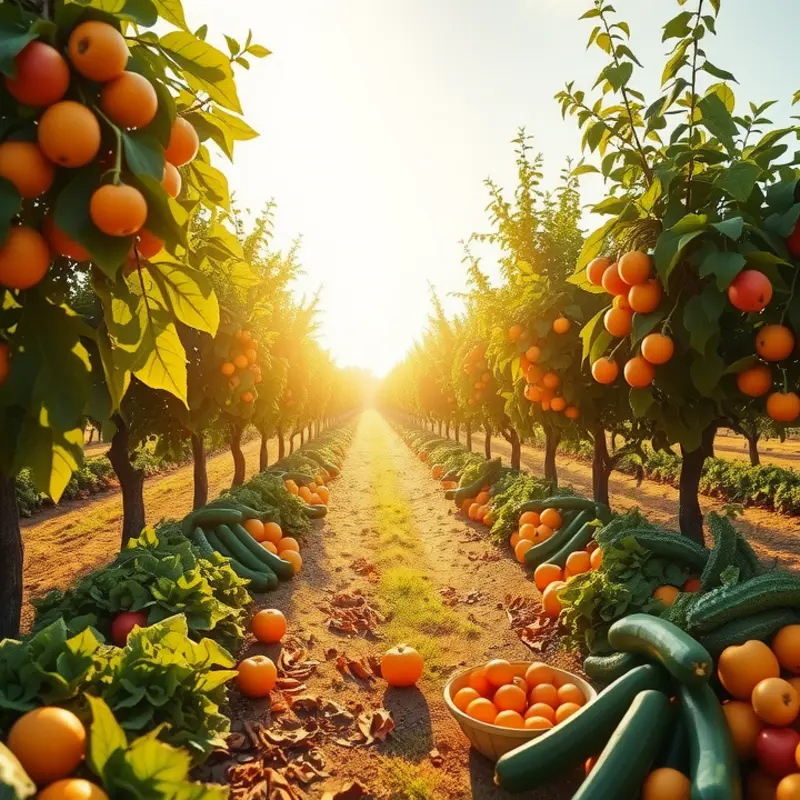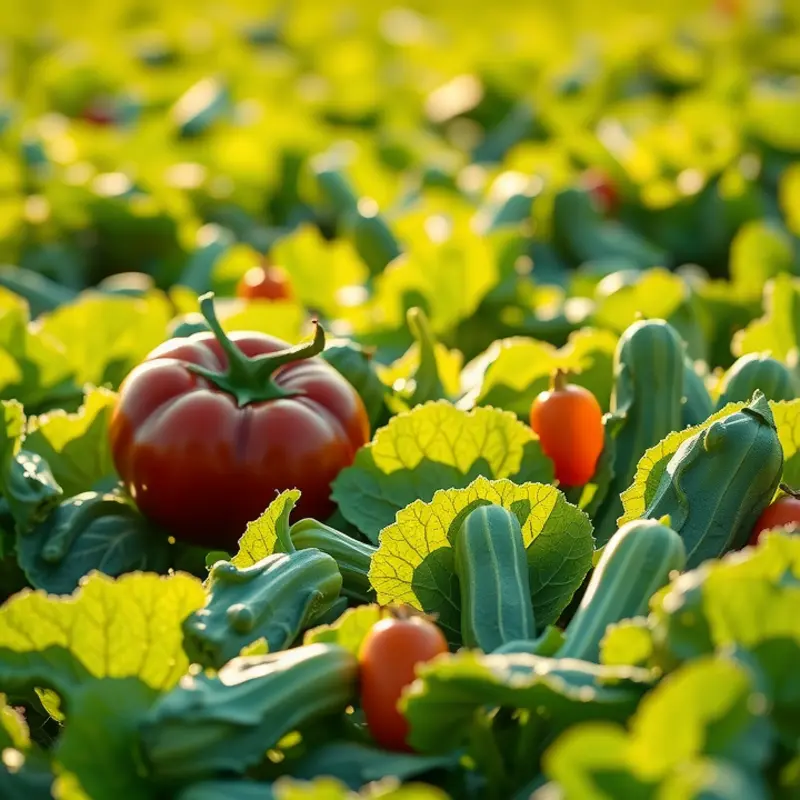Misunderstandings about food storage can lead to waste, nutritional loss, and safety issues. By addressing common myths, you can make informed choices about how to store your food. This guide clarifies some of the most pervasive myths, providing clear, authoritative insights into proper food storage practices.
Myth #1: Refrigeration Kills Nutrients

Many people worry that refrigeration robs fruits and vegetables of their nutrients. However, the truth is quite the opposite. Refrigeration can help preserve the nutritional quality of produce by slowing down the degradation processes that occur at room temperature.
Nutrient loss can happen due to exposure to heat, light, and oxygen, but refrigeration minimizes these factors. By maintaining a cool, controlled environment, refrigeration keeps vitamin and mineral levels stable. For instance, vitamin C, which is prone to oxidation, remains relatively intact when stored properly in the fridge.
Not all foods react the same way to refrigeration. Leafy greens, for example, benefit greatly from being kept cool, as the chilled environment prevents wilting and the breakdown of chlorophyll. Similarly, broccoli retains more of its glucosinolate compounds, which are known for health-promoting properties.
On the other hand, there are certain foods for which refrigeration can be counterproductive when it comes to flavor or texture rather than nutrient content. Tomatoes, for instance, may lose their taste and become mealy if stored in the fridge. In such cases, it’s worthwhile to consult other methods that optimize both taste and nutrition. For further insights into eating patterns, strategies like seasonal eating can offer alternatives that account for both freshness and taste.
A practical approach to food storage involves understanding which fruits and vegetables are best kept in the refrigerator, which are better at room temperature, and what the exceptions are. Avocados and bananas, for example, should ripen at room temperature first; once ripe, transferring them to the fridge can extend their edible life.
Fruits and vegetables are not the only foods to consider. Grains and proteins also hold up well under refrigeration. Cooked grains, when stored in the fridge, last longer while keeping bacteria at bay, maintaining nutritional integrity for later consumption.
In conclusion, while refrigeration does not significantly diminish nutrient levels, it enhances the longevity and safety of our food. By knowing what benefits from being kept cool, you can make informed choices about your food storage methods, ensuring you consume the most nutritious meals possible.
Myth #2: Freezing Food Destroys Quality

Freezing, much like time travel for food, is a method that extends shelf life without compromising quality when done correctly. Contrary to popular belief, freezing does not inherently destroy the quality of food. Instead, it preserves nutrients and keeps food safe for consumption over extended periods.
The process of freezing actually works by slowing down the enzymatic reactions that cause food spoilage and nutrient loss. This preservation includes critical vitamins and minerals, maintaining nutritional value. Foods like fruits, vegetables, meats, and pastries maintain their nutritional integrity when frozen properly.
Which Foods Freeze Best?
Foods with high water content, such as fruits and vegetables, freeze well due to their natural ability to retain texture after thawing. Berries, such as strawberries and blueberries, and vegetables like peas and corn, freeze particularly well. Meats and fish are also excellent candidates for freezing. They retain their flavor and texture when defrosted correctly.
Proper Freezing Techniques
To freeze food efficiently, follow these techniques:
- Cool Foods Quickly: Before freezing, allow cooked dishes to cool quickly. This prevents bacterial growth and maintains flavor and texture.
- Use Airtight Packaging: Utilize airtight bags or containers to prevent air exposure, which can lead to freezer burn.
- Labeling: Clearly label packages with names and dates to avoid confusion and ensure timely usage.
- Portion Control: Freeze in meal-sized portions for easy defrosting and minimal wastage.
Preventing Freezer Burn
Freezer burn is often the result of moisture evaporation from improperly stored food. It typically leads to dry, leathery patches and off-flavors. Here are some tips to prevent this:
- Wrap Tightly: Use plastic wrap, aluminum foil, or freezer paper to wrap foods tightly before placing them in an airtight container.
- Remove Air from Packaging: When using freezer bags, squeeze out as much air as possible before sealing.
- Optimal Freezer Temperature: Maintain a consistent freezer temperature of 0°F (-18°C) or lower to preserve quality.
For a deeper dive into maintaining high quality in your frozen foods, including expert advice and common dietary concerns, you can explore topics of nutrient density, such as discussed on nutrient density scoring.
In essence, freezing, when executed with some foresight, functions as a powerful tool in the kitchen, transforming a myth-riddled process into a beacon of practicality and nutritional preservation.
Final words
Understanding the facts behind food storage myths can lead to smarter, healthier decisions in the kitchen. By not succumbing to misunderstandings about refrigeration and freezing, you can better preserve the nutrients and quality of your food. Remember that proper storage techniques not only enhance food safety but also help you reduce waste, save money, and enjoy vibrant foods for longer. Equip yourself with knowledge, and your food storage practices will reflect your commitment to a healthy diet.








